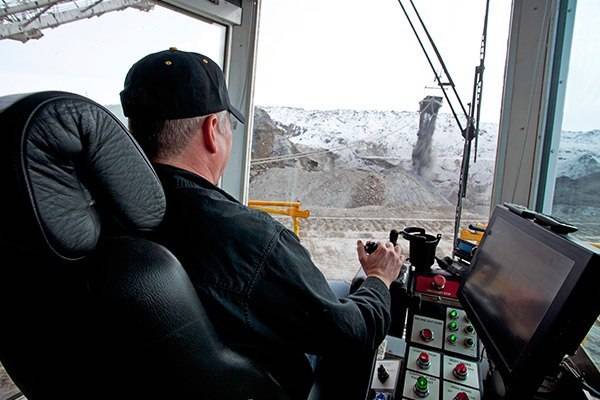Aug . 14, 2024 22:31 Back to list
Top Manufacturers of Basic Oxygen Furnace Steel Production Equipment and Their Innovations
The Evolution and Significance of Basic Oxygen Furnace Steel Making
The steel industry has undergone tremendous transformations throughout its history, and one of the most pivotal advancements has been the development of the Basic Oxygen Furnace (BOF) steelmaking process. This innovative technique has redefined efficiency and cost-effectiveness in steel production, enabling manufacturers to meet the escalating global demand for high-quality steel.
Understanding the Basic Oxygen Furnace Process
Introduced in the 1950s, the Basic Oxygen Furnace process involves converting molten iron into steel by blowing oxygen through the iron at high temperatures. The essential raw materials for this process are pig iron, scrap steel, and flux, typically limestone. During operation, oxygen reacts with carbon in the molten iron, oxidizing it and producing carbon monoxide and carbon dioxide, which are then released as gases. This reaction significantly lowers the carbon content of the iron, transforming it into steel.
The BOF process is particularly advantageous because it can produce steel in large quantities, typically ranging from 100 to 400 tons per heat, and has a relatively short production cycle, generally lasting around 30 minutes. As a result, it allows manufacturers to respond rapidly to market demands while maintaining high-quality standards.
Advantages of BOF Steelmaking
One of the primary benefits of the Basic Oxygen Furnace is its efficiency in terms of raw material usage. By utilizing a combination of scrap steel and molten iron, BOF minimizes the need for virgin materials, thereby reducing costs associated with mining and refining. Moreover, the high oxygen input significantly speeds up the production process compared to traditional methods like open-hearth steelmaking, leading to increased throughput.
Additionally, BOF steelmaking is environmentally favorable. The process generates fewer carbon emissions compared to older methods, primarily due to the reduced need for high-energy fossil fuels. The ability to recycle scrap steel also contributes to a smaller carbon footprint, making BOF a more sustainable choice in today’s environmentally conscious market.
basic oxygen furnace steel making manufacturers

Global BOF Manufacturers
Around the world, numerous manufacturers are mastering the BOF process, focusing on innovation to further enhance efficiency and environmental performance. Leading companies, such as ArcelorMittal, Nippon Steel & Sumitomo Metal Corporation, and POSCO, invest heavily in research and development to improve the BOF technology and implement cutting-edge practices in steelmaking.
These manufacturers are increasingly adopting automation and real-time data analytics within their facilities. By utilizing advanced monitoring systems, they optimize the steelmaking process, reduce waste, and ensure consistent product quality. Moreover, ongoing advancements in metallurgical practices and material science are paving the way for new steel grades tailored for specific applications, from construction to aerospace.
Challenges and the Future of BOF Steelmaking
Despite its numerous advantages, the BOF process faces challenges, particularly regarding fluctuations in raw material prices and the looming regulations surrounding carbon emissions. As the steel industry grapples with these issues, the integration of renewable energy sources and the development of carbon capture technologies are becoming crucial areas of focus.
Looking ahead, the Basic Oxygen Furnace will likely play a leading role in the transition to more sustainable steel production methods. Innovations such as hydrogen-based steelmaking and further enhancements in energy efficiency will complement the existing BOF process, ensuring that steel manufacturers can adapt to changing societal and environmental demands.
Conclusion
The Basic Oxygen Furnace steelmaking process stands as a testament to technological ingenuity in the steel industry. Its capacity for high production rates, cost efficiency, and lower environmental impact makes it an indispensable method in modern steel manufacturing. As manufacturers continue to innovate and refine the BOF process, the future of steel production looks promising, with endless possibilities for enhancing both efficiency and sustainability.
-
Fe-C Composite Pellets for BOF: Enhance Steelmaking Efficiency
NewsAug.07,2025
-
Eco-Friendly Granule Covering Agent | Dust & Caking Control
NewsAug.06,2025
-
Fe-C Composite Pellets for BOF: High-Efficiency & Cost-Saving
NewsAug.05,2025
-
Premium Tundish Covering Agents Exporters | High Purity
NewsAug.04,2025
-
Fe-C Composite Pellets for BOF | Efficient & Economical
NewsAug.03,2025
-
Top Tundish Covering Agent Exporters | Premium Quality Solutions
NewsAug.02,2025
